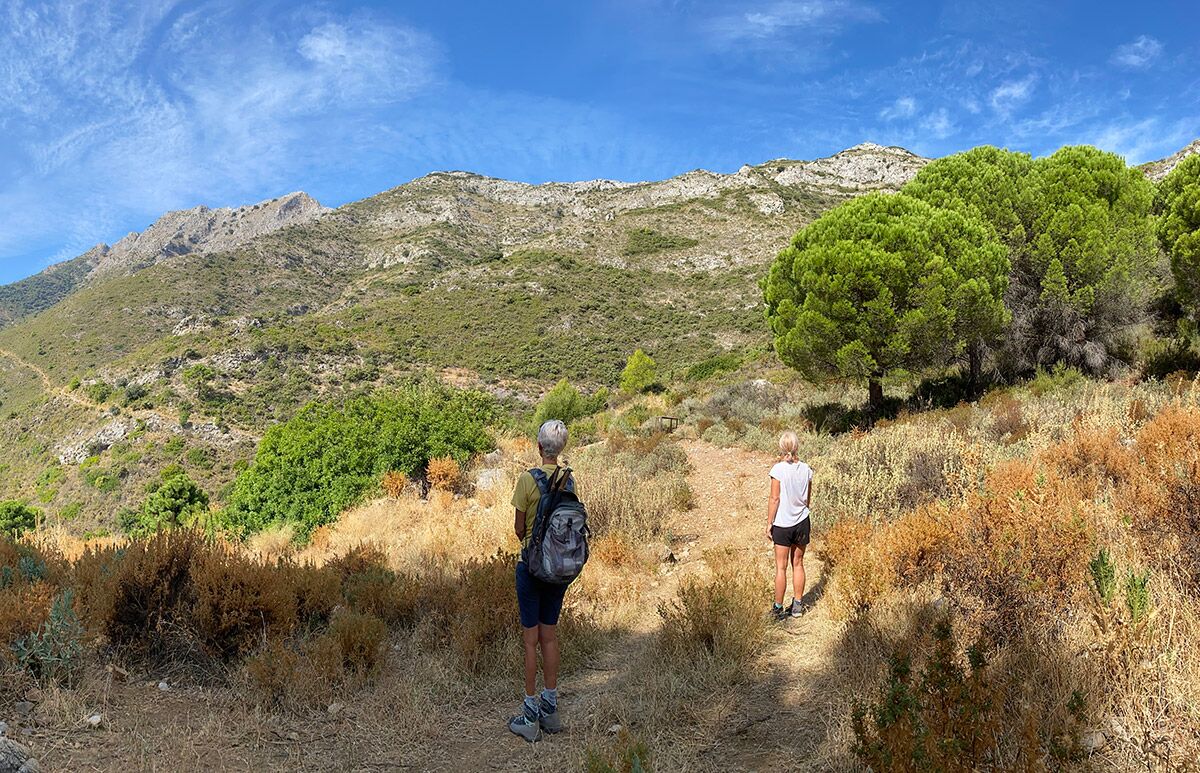Article by Vivion O’Kelly

Spain will soon have a total of 16 National Parks, three of which are now in Andalucía. These are Doñana National Park, Sierra Nevada National Park and the soon to be declared Sierra de las Nieves National Park. Four of them are located in the Canary Islands and one in the Balearic Islands. The oldest are the mountain ranges of the Ordesa Valley in Aragon and the Picos de Europa in the regions of Asturias, León and Cantabria, established just over a century ago, and the newest is the Sierra de Las Nieves, right here on Marbella’s doorstep. Sixteen is not a huge number: relative to size, Ireland, for example, has almost twice as many, although Spain’s are much bigger.
The principal advantage of becoming a National Park is environmental, in that further exploitation of natural resources and destruction of natural habitat is limited. There are more than 160,000 such protected spaces in the world, including marine parks, covering almost 15 percent of the earth’s surface. The first legally protected area in the world is either the Tobago Main Forest Reserve, established in 1776, or the Bogd Khan Mountain range in Mongolia, possibly established in 1778, and the second (or third) oldest, but the first “public park or pleasure-ground for the benefit and enjoyment of the people”, is Yellowstone National Park in the USA.
The new Sierra de las Nieves National Park will cover an area of almost 23,000 hectares (about a third the size of Exmoor in England), and was first declared a lesser-category Nature Park in 1989, although much bigger than the newly-declared National Park, becoming a UNESCO Biosphere Reserve in 1995. It is entirely in the province of Málaga, specifically in the Serranía de Ronda, and it is home to 65 %of the rare pinsapo fir trees in Spain, along with valuable formations of quejigals, holm oaks and Mediterranean forest. There are no towns within the new park, although both Istán and Tolox border it, but it has numerous mountain tracks that have traditionally been used by off-road vehicles and horseback riders for many years. More or less in its centre is the mountain peak of La Torrecilla, at almost 2,000 metres high and accessible in about three hours by foot, and in the same area are seven of the deepest caves in the region and some of the deepest in Europe, used widely for potholing. The practice of this sport is, however, strictly controlled by the local authorities.
But there is a lot more that will be permitted in the new National Park that does not involve risking life and limb in the bowels of the earth. This is prime rambling country, as is the rest of the Nature Park, which encompasses many of the so-called White Villages of the region, including Monda, Istán, Tolox and Ojén. The new park is essentially an area rich in flora and fauna but largely devoid of human habitation, and while its protected status as a National Park will ensure it can be enjoyed by many generations to come, that does not means it will not be developed to some small extent for tourism purposes. New access and rambling routes will be built, with tourist accommodation and necessary infrastructure for the rapidly increasing number of people who will wish to visit the area. Both private and public investment is expected, with approximately 80 million euros of initial investment needed.
Easy access to the park will be through the towns closest to it, which include Istán, Tolox, El Burgo and Yunquera to the east, and various routes from the upper section of the Ronda road to the west.
There are not many natural reserves of fresh water anywhere in Andalucía, but there are some rivers and streams running through the new park, keeping in mind what is defined as a river in Southern Spain. The main one would be the Río de Los Caballos, where a fairly short ramble from the village of Tolox brings one to the Charco de la Virgen (a small pool), just a few kilometres south west. A quick search on the Internet will bring up a host of suggested rambling routes in this area, many of them in English.
All this is great news for the home owners in Vista Lago Residences, not only for the obvious attraction of a new National Park within very easy driving distance, and all that means for hikers, explorers and general nature lovers, but for those for whom increased investment value is important. Quite simply, the closer a property is to a National Park anywhere in the world, the more valuable it becomes. It’s a thought a man might keep in mind when his better half insists on a five-hour hike in the mountains rather than a quiet drink at the nearest beach bar.
Vista Lago Residences is just a few kilometres away from the border of the soon-to-be National Park, designed by UDesign and developed by BRIGHT, these sustainable, design-led luxury villas are in a privileged location overlooking Marbella. Find out more about Vista Lago by visiting our gallery of images and information page.
To reserve a villa in Vista Lago Residences please email info@by-bright.com or call our Sales Department on (+34) 682 105 002
